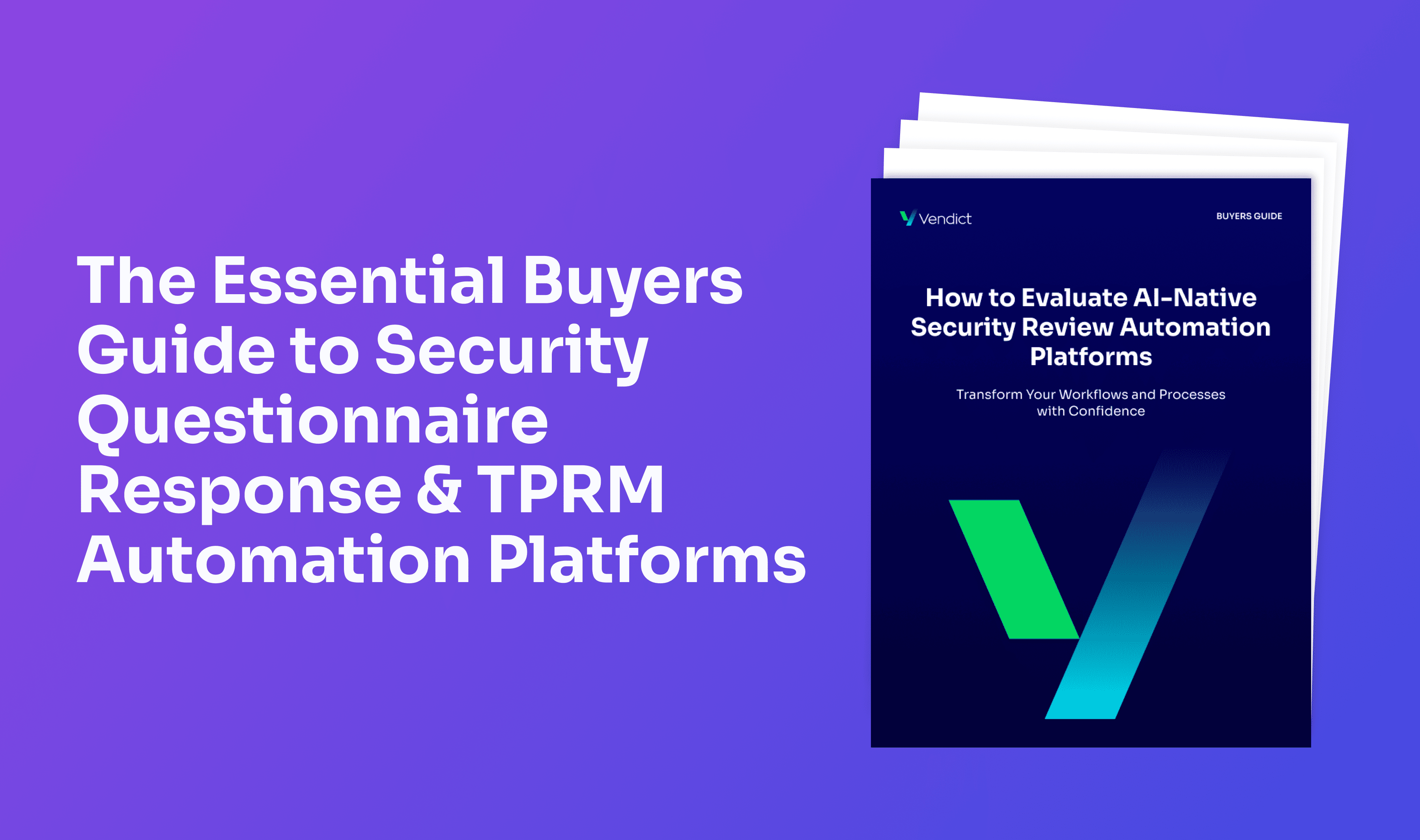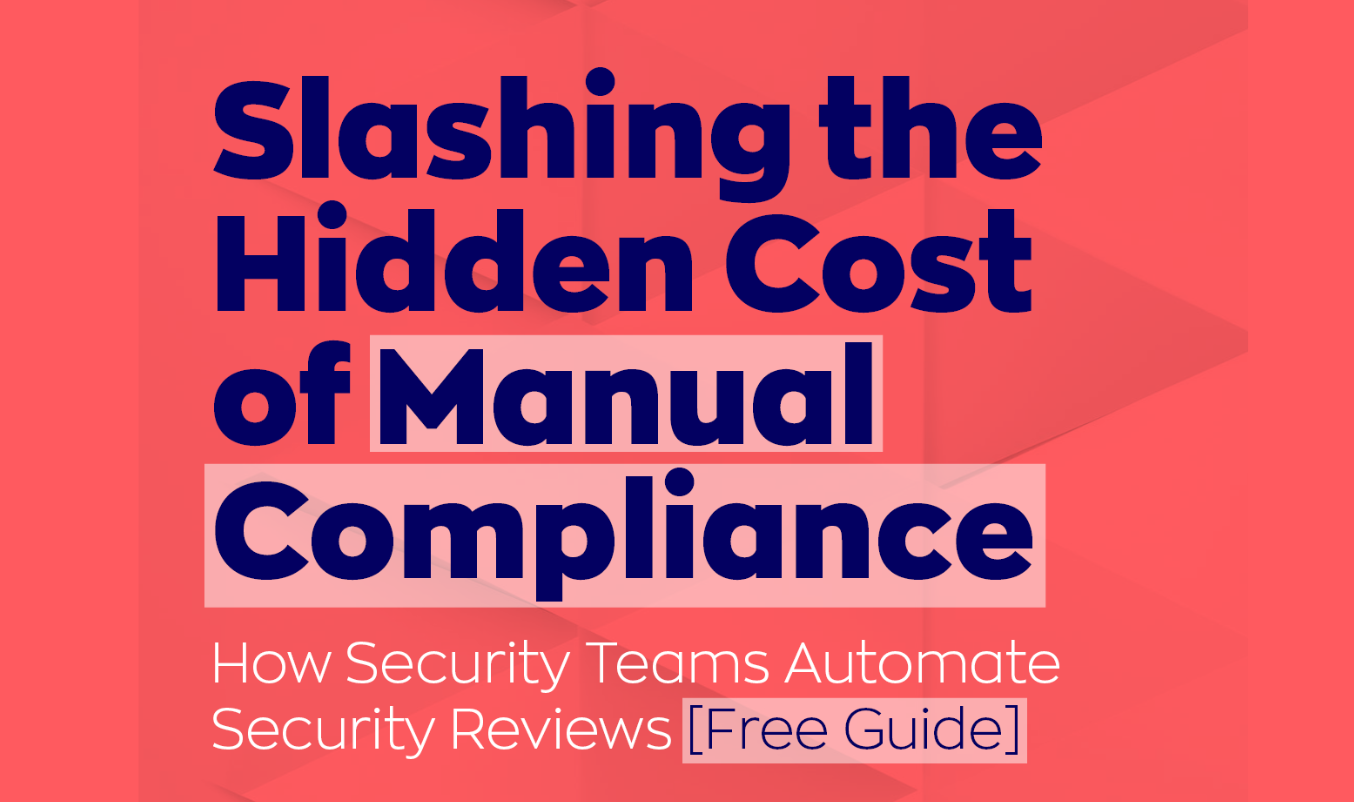17 Disturbing statistics justifying the vendor management imperative

A bleak picture emerges when looking at the numbers. It is time for a change.
The following 17 statistics show us a bleak picture. The presence of third parties and vendors has increased drastically, including the vendor risk. The vendor risk can be either privacy non-compliance, performance disruption, or a data breach risk. These risks are quantitatively present.
To reduce these risks, vendor management is critical when managing these numerous vendors. Vendors are evaluated, e.g., with risk assessments. This Vendor Management has a measurable cost.
Of course, the following statistics do not reveal the full picture. Besides, proactive decisions can change the course of action.
Vendor management importance
Large companies have many third-party vendors, some with direct access to the company’s network.
- An average of 89 vendors access a company’s network every week — link
- 18 percent of respondents indicated their companies work with more than 1,000 third parties, and another 16 percent said they work with more than 10,000— link
Vendor risk
However, most companies cannot guarantee good personal data protection.
- 60 percent of companies admit they lack the resources to monitor the security and privacy practices of vendors with whom they share sensitive or confidential information — link
- 74 percent of businesses are unaware of all the third parties who handle their data and personally identifiable information (PII) — link
The data breach risk is also very present.
- 66 percent of security professionals think that it’s possible or definite that they suffered a breach through third-party access — link
And there are certainly other risks too.
- 87 percent of organizations have experienced a disruptive incident with a third-party vendor within the last three years — link
- 82 percent were not confident or unsure if they have identified all the third party risks their organization is exposed to — link
Cost evaluations
Managing the vendors has a real cost, but the cost of not managing them is even higher.
- Third-party breaches are more expensive than in-house breaches, costing $13 more per compromised record — link
- The average cost of managing 100 third-parties is slightly more than $26,000 — link. 23 percent of organizations do not evaluate third parties at all — link
- The average cost of addressing a Data Subject Access Request (DSAR) is $1,400 per request — link
For example, managing assessments has a high cost due to a lack of automation:
- A single FTE (Full-Time Employee) can manage approximately 350 third-party information security risk assessments and decisions annually — link
- 71 percent of companies are still using a custom questionnaire .
Prioritized vendor management
Given these numbers, it is not a surprise why Vendor Management is a priority today.
- Ensuring third parties have appropriate security practices to protect sensitive and confidential data was the first governance priority for 2019 — link
- 40 percent of organizations have a fully mature vendor risk management process in place
- The Vendor Risk Management Market is expected to exceed US$ 7 billion by 2024, with a CAGR (compound annual growth rate) of 13 percent
In our Vendor economy, we don’t always realize the value and the risk that vendors bring to the company. Companies have many vendors, some with privileged access.
Both the vendor value and the risk are real, with a measurable cost. Due to the cost, it is tempting to avoid managing the vendors. However, it only increases the risk and the cost, while missing opportunities.
Planning the Vendor Management while adopting a vendor culture is the key to gaining from vendors deeply and responsibly.
.png)








.png)
